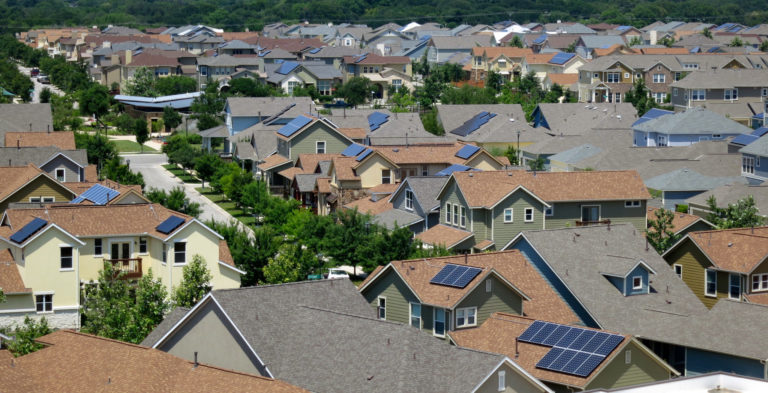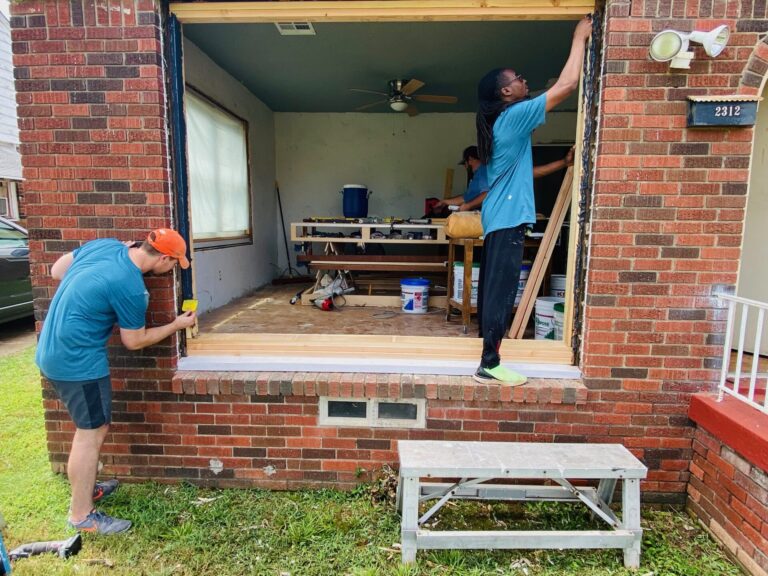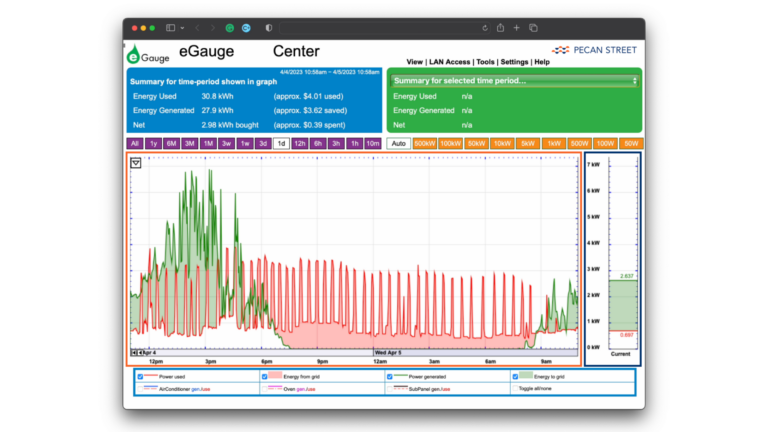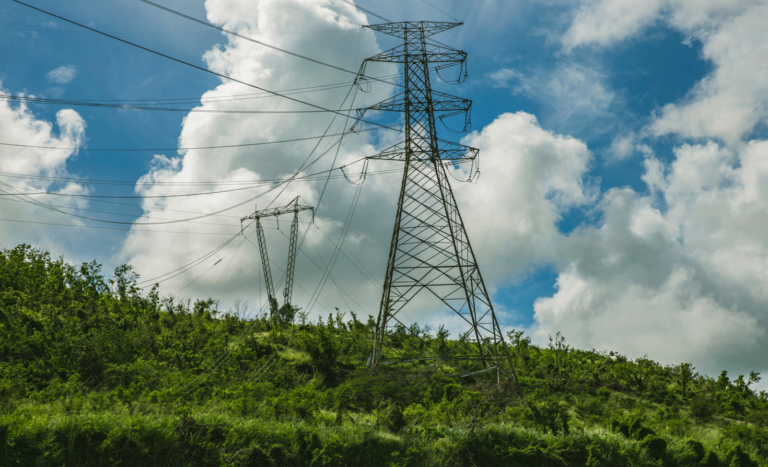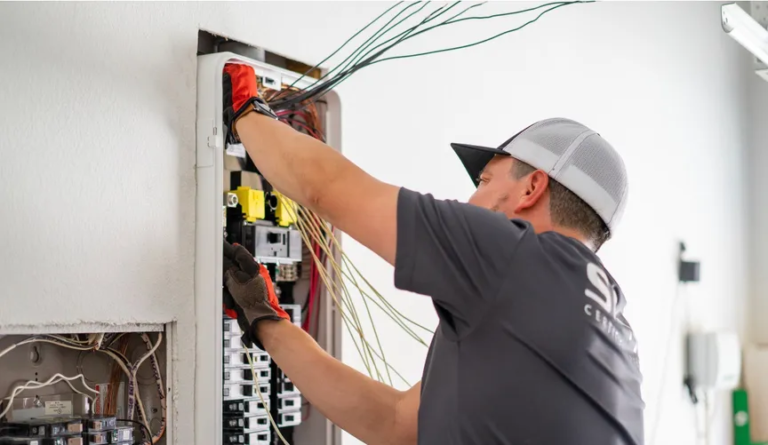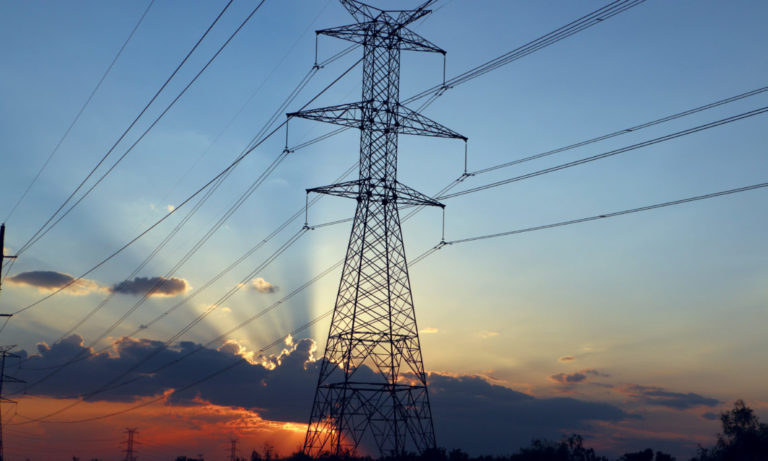March 11, 2022
By Cavan Merski, data analyst, Pecan Street
Last year, we announced we’d be expanding our high-resolution residential energy network to Puerto Rico, thanks to a grant from The Alfred P. Sloan Foundation.
Once deployed, the network will expand the diversity of data available via Pecan Street’s data hub, Dataport, for researchers working on renewables integration, advanced energy solutions, and grid modernization. These advanced energy systems are core tenants of the $12 billion in federal aid the Biden administration has pledged to create a more reliable and sustainable grid on Puerto Rico.
Our first home is online in Puerto Rico, and we already see some differences compared to the hundreds of homes in our network in Texas, New York, California and Colorado.
Though one home does not make a statistically significant sample, some differences in how this home uses energy are important to understand as billions of dollars are invested to rebuild the island’s electric infrastructure.
The Home is Unique
This home has rooftop solar panels connected to a battery storage system. In order to maximize net metering production, the solar system is always connected to the grid. To isolate the home from grid fluctuations and outages, the battery system runs the house for large periods of the day.
Puerto Rico has one of the highest electricity prices in the country, which may encourage much more careful thought and management of where customers get their electricity and how much power they use. For that reason, we were particularly surprised to find that this home’s water heater draws about twice as much power as any water heater we’ve seen installed on the mainland. When this home loses grid power, the largest loads (the water heater and air conditioner) are turned off manually, either to save energy or because the solar/storage system cannot provide enough power to run them.
This has some interesting consequences: because the water heater is off for much of the day, it loses heat and then must run full blast when it is back online. In this home, the water heater uses 7kW, which is higher than many Level 2 EV chargers. Though a heat-pump water heater would require an upfront investment, it would likely be a cost-effective option in the long term – for the homeowner and the grid.
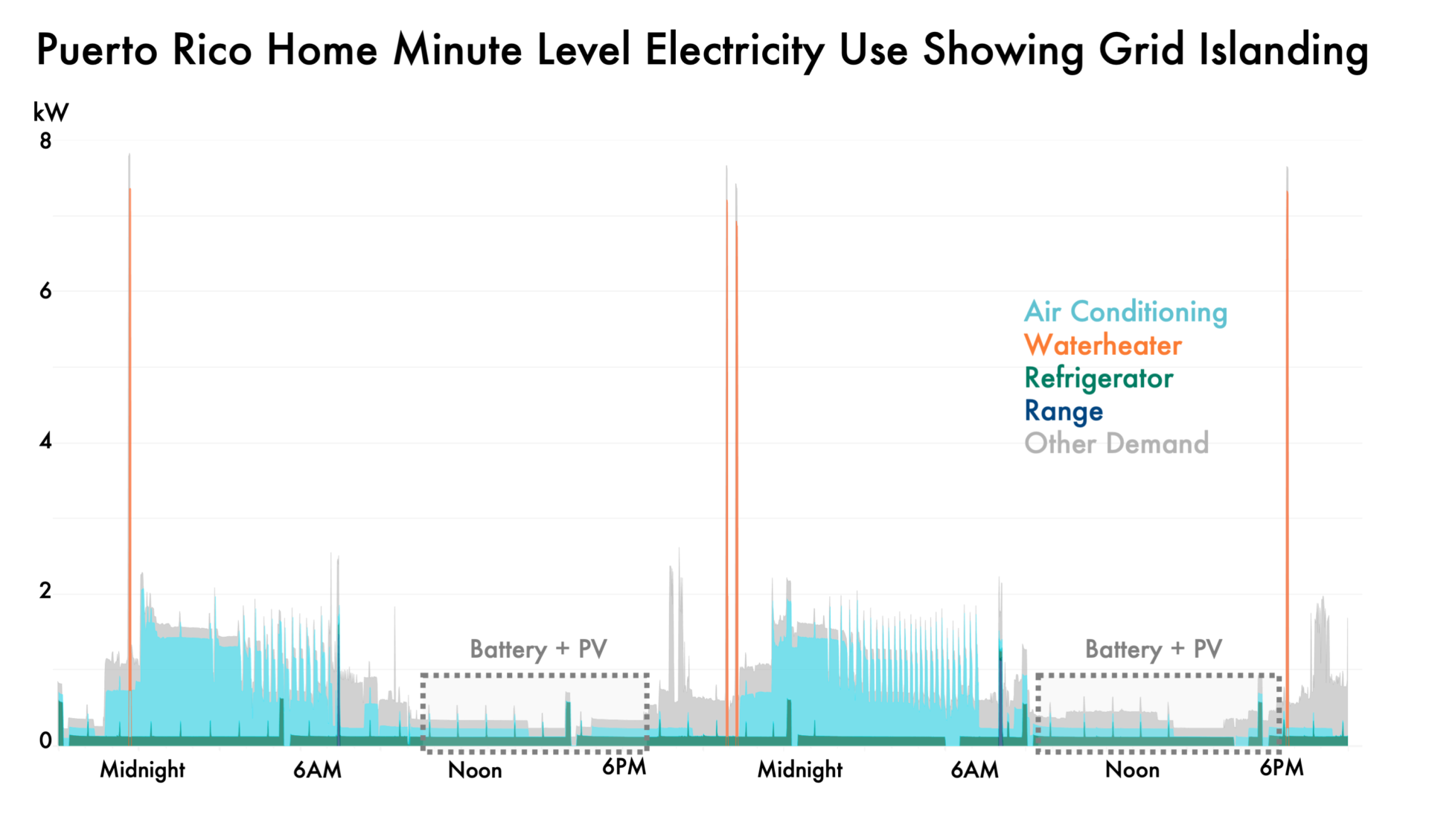 Also, because of the high load of the electric water heater, the homeowner doesn’t have access to hot tap water during periods when they are powered off-grid by the battery system. This means the homeowner is making frequent and manual energy management decisions that most electricity customers on the mainland never have to think about.
Also, because of the high load of the electric water heater, the homeowner doesn’t have access to hot tap water during periods when they are powered off-grid by the battery system. This means the homeowner is making frequent and manual energy management decisions that most electricity customers on the mainland never have to think about.
The Grid is Unique, Too.
Our first Puerto Rico home suggests the grid is very different than what we’re used to on the mainland.
For example, when grid-connected, the home’s measured voltage exceeds the industry standard of 240V +/- 5%. Over time, this will shorten the useful life of all kinds of appliances and devices. During our visit to Puerto Rico in 2021, we noticed that many residents use an uninterruptible power supply (UPS) with their devices to protect them from severe damage. This voltage level suggests that residents aren’t overreacting. In 10 days, this home spent several hours above the recommended voltage limits for power quality. 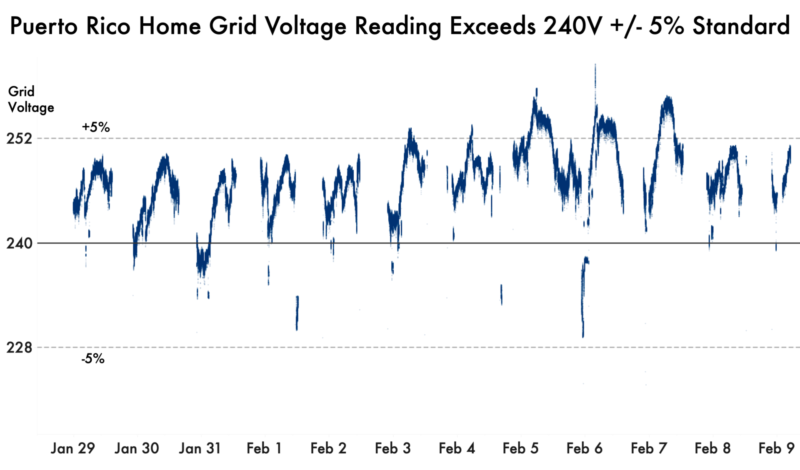
Microgrids Must be Carefully Designed
In a recent white paper, we demonstrated how the kind of high-resolution data produced by our research network can help engineers properly spec microgrids depending on the exact purpose of the microgrid and where it is located. This first home underscores the importance of knowing fully what you’re up against. The combination of manual energy switching, time-of-use-driven behavior change and drastic voltage variance can significantly affect the efficacy of planned infrastructure improvements, from community solar and storage to fully islandable microgrids. The demand data produced from homes in our Puerto Rico network will show ways to optimize load flexing to make the most of limited solar + storage when not connected to the grid or what specs a microgrid must meet to fulfill its promise.
So…stay tuned for more insights from this house and the others we will bring online this year.










